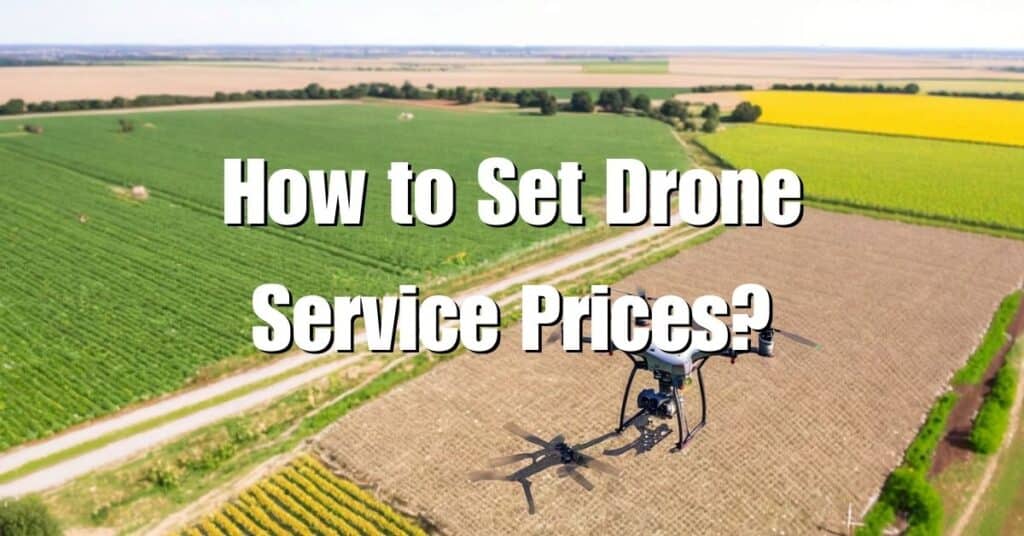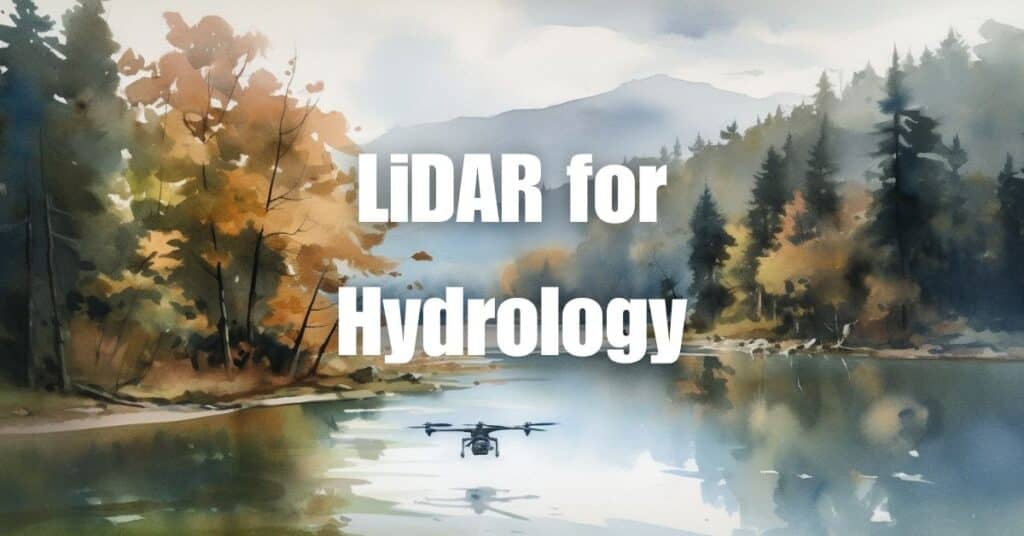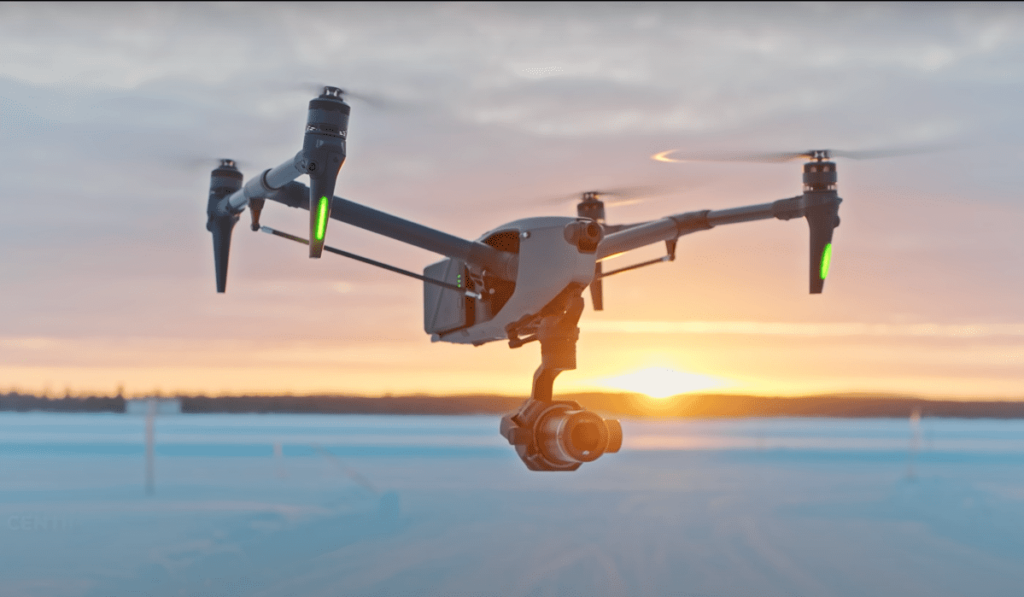Aerial LiDAR (Light Detection and Ranging) technology has revolutionized various industries over the past few years. With its ability to capture accurate, high-resolution data at lightning-fast speeds, it’s no wonder this technology is in high demand. In this article, we’ll explore 5 key trends that are shaping the future of aerial LiDAR and what you need to know to stay ahead of the curve. So, let’s dive in!
1. Integration with Unmanned Aerial Vehicles (UAVs)
The use of drones has become increasingly popular in recent years, and their integration with LiDAR technology is poised to take the industry to new heights. Drones equipped with LiDAR sensors offer numerous advantages over traditional methods, such as:
- Greater accessibility to remote or challenging locations
- Reduced operational costs
- Improved safety and reduced risk to personnel
With drone technology continually advancing, it’s safe to say that the combination of UAVs and LiDAR will continue to expand and evolve, offering even more possibilities for data acquisition and analysis.
2. Enhanced Data Processing and Visualization
As the volume of data collected by aerial LiDAR systems continues to grow, so does the need for more advanced data processing and visualization tools. This demand has led to significant advancements in software and algorithms designed to handle large datasets and extract valuable insights.
Machine learning and artificial intelligence are becoming increasingly important in the field of LiDAR data processing, allowing for automated classification, feature extraction, and more accurate 3D modeling. These advancements enable professionals across various industries to make better-informed decisions, improve efficiency, and reduce costs.
3. Real-Time LiDAR Data Processing
One of the most exciting developments in aerial LiDAR technology is the emergence of real-time data processing capabilities. In the past, processing LiDAR data was a time-consuming process, often taking days or even weeks to complete.
Now, thanks to advancements in hardware and software, LiDAR data can be processed in real-time or near-real-time, providing immediate insights and actionable information. This development is particularly beneficial for industries such as emergency response, transportation, and urban planning, where quick decision-making is crucial.
4. Expansion into New Industries and Applications
As aerial LiDAR technology continues to evolve, its applications are expanding into new industries. Some of the most promising areas of growth include:
- Agriculture: LiDAR data can help monitor crop health, optimize irrigation systems, and assess soil properties.
- Forestry: Accurate tree measurements, species identification, and forest inventory can be achieved using LiDAR technology.
- Renewable energy: Wind farm planning and solar panel installation can benefit from precise terrain data provided by aerial LiDAR.
These are just a few examples of the many industries that are starting to realize the full potential of aerial LiDAR technology.
5. Increased Focus on Sustainability and Environmental Impact
Aerial LiDAR technology plays a crucial role in monitoring and managing the environment. With climate change and sustainability becoming top priorities globally, the demand for accurate and timely environmental data is higher than ever. LiDAR can be used to assess:
- Flood risk and coastal erosion
- Wildlife habitats and migration patterns
- Forest carbon sequestration
- Water quality and pollution
By providing valuable insights into our environment, aerial LiDAR technology can help inform sustainable development practices and contribute to a healthier planet.
Conclusion
The future of aerial LiDAR technology is bright, with exciting trends such as UAV integration, enhanced data processing, real-time capabilities, new applications, and a focus on sustainability shaping the industry. To learn more about the applications and benefits of aerial LiDAR technology, we encourage you to read our comprehensive guide: Aerial LiDAR 101: An Introduction to its Applications and Benefits. This informative resource will provide you with a deeper understanding of how this technology can transform various industries and improve our understanding of the world around us.
If you have a LiDAR or Orthomosaic project in mind, or if you have any questions about how aerial LiDAR can benefit your industry, don’t hesitate to contact Blue Falcon Aerial. Our team of experts is here to help guide you through the process and ensure your project’s success.
Stay ahead of the curve by keeping an eye on these key trends and embracing the potential of aerial LiDAR technology. The future is bright, and we’re excited to see what innovations and advancements are yet to come!




